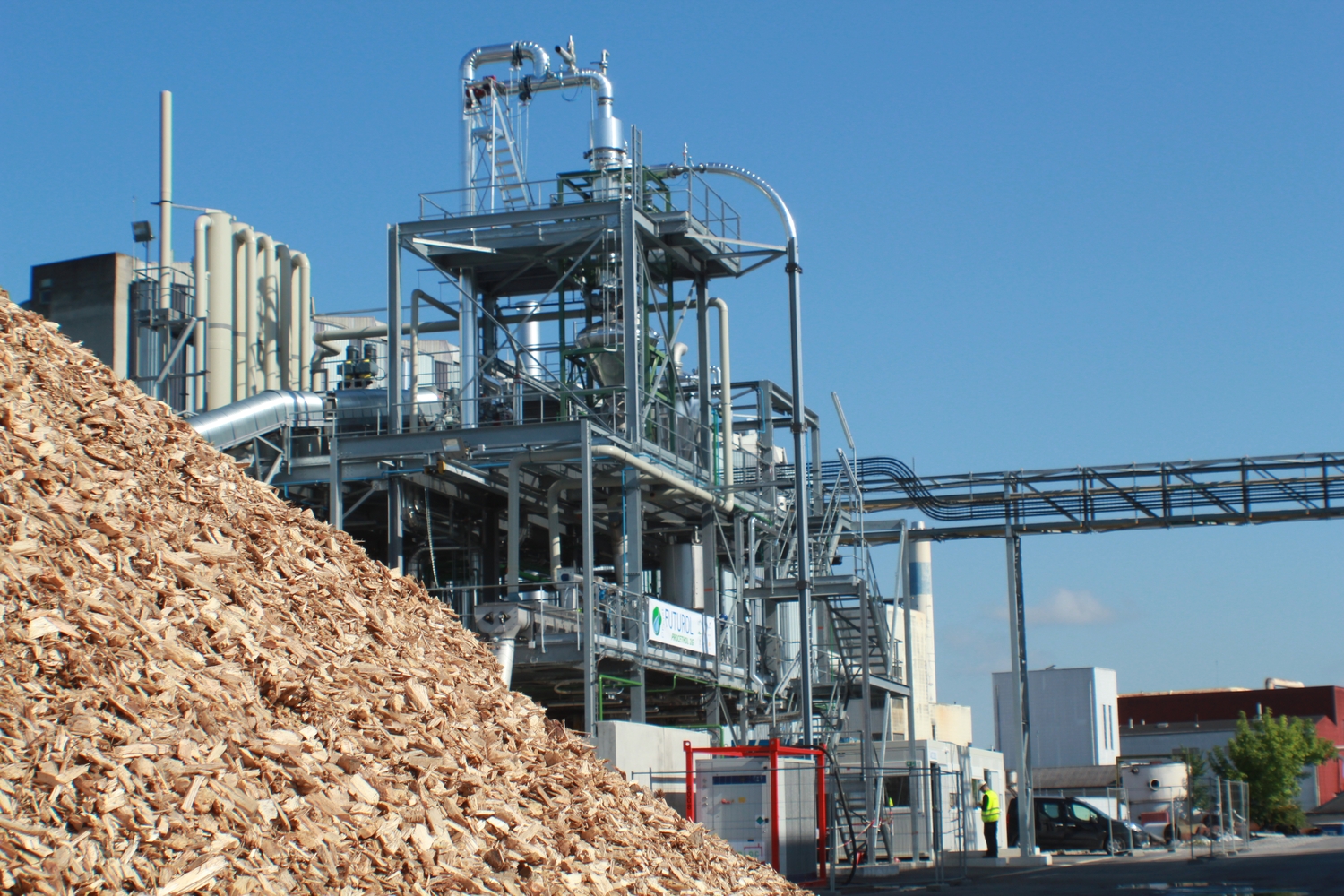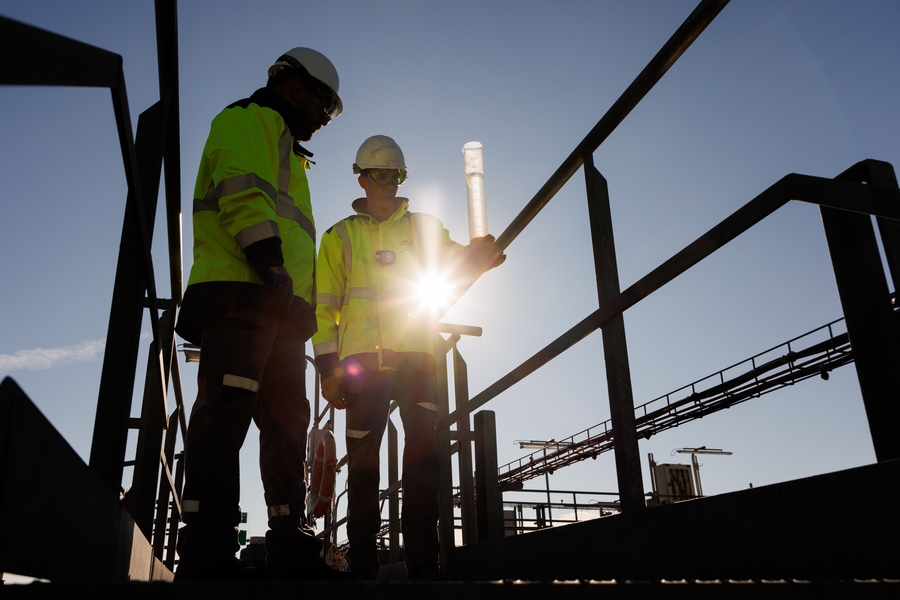
Axens Offer
Novel route for bio-ethanol production aims to convert lignocellulosic biomass which refers to non-food feedstocks (forestry residues, energy crops) or non-edible parts of food crops (rice straw, wheat straw, corn stover, bagasse, etc.). Main product is cellulosic ethanol also known as advanced bio-ethanol. Many other products can be obtained from such process for fuel/energy and chemical applications alike.
Cellulosic ethanol is strongly promoted as one of the most promising solution for companies and governments to succeed in their transitions and achieve their climate targets as well as other sustainable development goals.
Upcoming Events
Technical Article - Decarbonising the Aviation Industry
Webinar - Axens Solutions to Energy Transition Towards Sustainable Aviation Fuel (SAF)
White Paper - Solutions for More Sustainable Transportation Fuels and Chemicals
Technical Article - Diversifying The Future: Incentives for Worldwide Adoption of Renewable Fuels and Chemicals
Case Study - Feasibility Study Of A Standalone Biorefinery For MGH Based On Axens’ Biofuel Technologies Portfolio Vegan® And Futurol™
Read moreWhite Paper - Solutions for More Sustainable Transportation Fuels and Chemicals
INA selects Futurol™ licensed by Axens for its project of advanced bioethanol production in Croatia
Webinar - Axens Solutions to Energy Transition Towards Sustainable Aviation Fuel (SAF)
Read moreGet in Touch with Us!
Have questions about our offers and solutions or need assistance? The Axens team is here to help. Just a message away!
